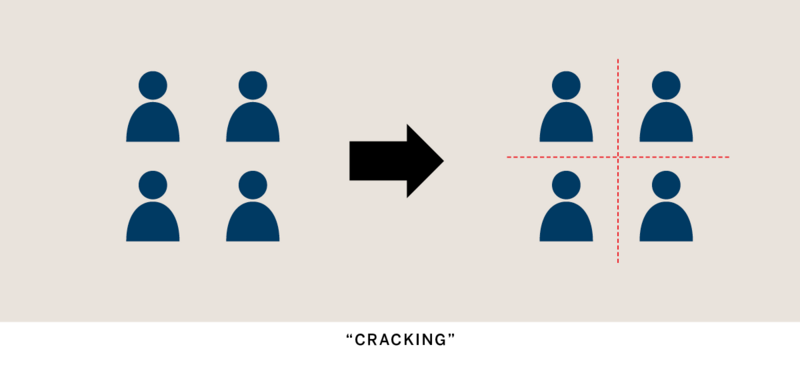President Biden’s Supreme Court Nominee: Judge Ketanji Brown Jackson
In a historic move, just before closing out Black History Month and right on time for Women’s History Month, President Biden nominated Judge Ketanji Brown Jackson to fill Justice Stephen Breyer’s seat on the U.S. Supreme Court, which will become vacant early summer, at the end of the Court’s current term when Breyer retires. Judge Jackson will be the first Black woman to sit on the high court if confirmed, and her impressive credentials make her more than qualified.
Jackson graduated from Harvard College in 1992 and from Harvard Law School in 1996. Jackson clerked for Justice Breyer in the 1999-2000 term, making her nomination to the Court at the time of his retirement a full circle moment. She went on to work as a public defender, at a private law firm, and for the U.S. Sentencing Commission before being nominated by President Barack Obama as a federal district judge in 2013.
On Tuesday, March 1st, during his State of the Union address, the President spoke to the nation and the world about his decision to nominate Judge Jackson (he had promised to nominate a Black woman to the Court back on the campaign trail). Judge Jackson now starts a campaign of her own to win over the votes of at least 51 Senators on Capitol Hill.
Where We Go From Here: True Diversity Matters
There are no hard and fast rules on who can sit on the Court - the Constitution does not spell out citizenship, educational, or even professional requirements. However, there are certainly unofficial guideposts used during the nomination and confirmation process. For instance, as of October 2020, there have been 115 Supreme Court Justices. All but 6 of these justices have been white men, majority of whom attended Ivy League institutions. Only 5 did not have any formal legal education. Given the Court’s history of only hosting those who conform to a certain Ivy-bred avatar, it’s as good a time as any to welcome some “new blood.”
While it’s true that Judge Jackson’s profile checks off most of the unofficial “criteria of the court,” as a Black woman of parents who survived, and excelled, in the Jim Crow South, she brings qualities that differ immensely from Justices who have come before her. This is one step in the right direction. Also notable is her experience as a public defender, a unique addition to her fulsome resume. Justice Thurgood Marshall was the last to have such substantial experience within the criminal justice system. Having worked on behalf of the accused in a criminal justice capacity gives Jackson a remarkable perspective that will be useful to the Court.
We should pause to celebrate this historic moment. But, this moment should trigger an analysis of how true diversity is determined. In this age of promoting diversity, equity, and inclusion (DEI) ideals, we should be careful not to fall victim to diversity for diversity’s sake. Personal, professional, and educational diversity matters. When placing people in positions of power — whether it’s the Supreme Court, the superintendent of a school district, or even a classroom teacher — the whole person should be considered. Diversity of race, religion, class, and sexual orientation is needed in classrooms, in boardrooms, and all throughout the three branches of government. And arguably most important is diversity of thought and of life experience.
Judge Ketanji Brown Jackson will not just satisfy an affirmative action of sorts for the Supreme Court. Her experience as a Black woman navigating life in America is special, and we will all be better for it.




















